All Best Dogs Breeds in the World
Australian
Shepherd Dog (Aussie)
American Hairless/Naked Terrier
American Pit Bull Terrier (Pit Bull)
American Staffordshire Terrier (Amstaff)
American Eskimo Spitz (American Eskimo Dog)
English Toy Terrier (Toy Terrier)
Appenzeller Sennenhund Mountain Dog
Great Dane of Argentinian dogo
Belgian Shepherd Dog Grünendal
Beaver Yorkshire Terrier (Beaver York)
Bobtail (Old English Shepherd Dog)
Great Dane of Bordeaux (French Mastiff)
Bearded Collie (birdie, bearded)
Beauceron (smooth-haired French Shepherd)
Boston Terrier (Boston Terrier)
Briard (French Shepherd Shepherd)
Bully Kutta (Pakistani Mastiff)
Vandeweet Petit Basset Griffon
Welsh Corgi Pembroke (Pembroke Corgi)
Hungarian Greyhound (Hungarian Agar)
Hungarian Short-haired Pointing Dog
West Highland Terrier (Highland Terrier)
Havana Bichon (Javanese, Havana lapdog)

Drathaar (German wirehaired pointer)
Irish Soft Coated Wheaten Terrier
Caucasian Shepherd Dog
Great Dane (Presa canario)
Cane Corso
Karelian Bear Dog
Pygmy Pinscher (Miniature Pinscher)
Keeshond (wolf-spitz)
Cairn Terrier
Kerry Blue Terrier (Irish Blue Terrier)
Chinese Crested Dog
Clumber Spaniel
Collie
Komondor
Coton de Toulear
Kuvas (Hungarian kuvas)
Kurzhaar (German Shorthair Pointer)
Curly Haired Retriever
Curly Haired Retriever
Labrador Retriever
Labradoodle
Langhaar (German longhaired legacy)
Landsir
Italian Greyhound
Lakeland Terrier
Leonberger
Loachen ( Bichon-Lyon)
Lhasa Apso (Lhasa Apso)
Maltese lapdog (Maltese)
Manchester Terrier
Mastiff
Mexican Hairless Dog (Xoloitzcuintli)
Standard Schnauzer (Mittel, Middle Schnauzer)
Pug
Moskovskaya storozhevaya
Neapolitan Mastiff (Mastino)
German Shepherd
Great Dane (Great Dane)
German Pinscher
Nivernaise Griffon (Nivernay Griffon)
Nova Scotia Duck Retriever
Nova Scotia Duck Retriever
Norwegian Buhund (Norwegian Laika)
Norwegian Elkhound
Norwich Terrier (Norwich Terrier)
Norfolk Terrier
Newfoundland
Otterhound (otter hound)
Pagl (pigle)
Papillon (papillon)
Parson Russell Terrier
Pekingese
Peruvian Hairless Dog
Pyrenean Shepherd Dog
Pyrenean Mastiff
Podenko Ibitsenko
Polish Lowland Shepherd Dog
Polish Podgalyan shepherd dog
Pomeranian Spitz (MiniatureSpitz, Dwarf Spitz)
Portuguese Water Dog
Prague Pied Piper
Poodle
Bullets (Hungarian Water Dog)
Giant Schnauzer
Rhodesian Ridgeback
Rottweiler
Russian Hound
Russian Greyhound
Russian colored lapdog
Russian Hunting Spaniel
Russian Toy (Toy Terrier)
Russian Black Terrier
Russian-European Laika
Rat Terrier (Pied Piper Terrier)
Saluki (Persian Greyhound, Gazelle Dog)
Samoyed (Samoyed Laika)
Saint Bernard
Shiba Inu (Shiba Inu)
Silicham Terrier
Skye Terrier
Scotch Terrier (Scottish Terrier)
Slovak dude
Slugi (Arabian Greyhound)
Central Asian Shepherd Dog (Alabai)
Staffordshire Bull Terrier
Sussex Spaniel
Taigan (Kyrgyz greyhound)
Thai Ridgeback
Dachshund
Tibetan Mastiff
Tibetan Spaniel
Tibetan Terrier
Tosa-inu (Japanese Mastiff)
Whippet (Small English Greyhound)
Pharaoh's Dog (Farao Hound)
Fila Brasileiro
Finnish Laika (Karelian-Finnish Laika)
Flat Retriever (Straight-Haired Retriever)
French Bulldog
Harier
Husky (Siberian Husky)
Hovavart
Miniature Schnauzer
Chow Chau
Czechoslovak Wolf Dog
Chinook
Cirneco del Etna
Chihuahua
Chongqing (Chinese Bulldog)
Shar pei
Sheltie (Scottish Shepherd, Miniature Collie)
Shih Tzu (Chrysanthemum Dog)
Schipperke (skipper dog, schipperke)
Scottish Greyhound (Deerhound)
Scottish Setter (Gordon Setter)
Entlebucher Sennenhund
Airedale Terrier
Estonian Hound
South African Boerboel
South Russian Shepherd Dog
Jagdterrier
Japanese Hin
Japanese Spitz




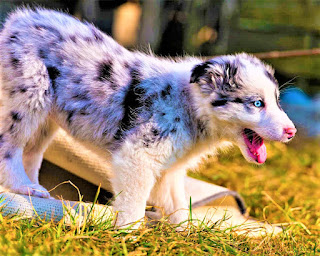
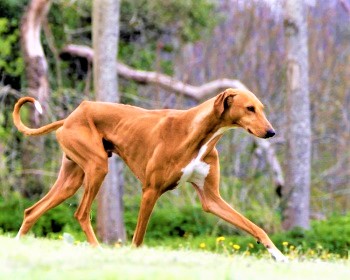


.jpg)
.jpg)






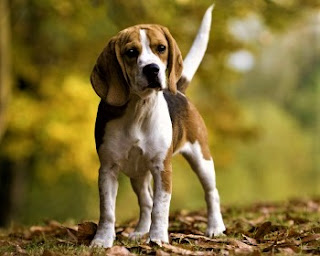











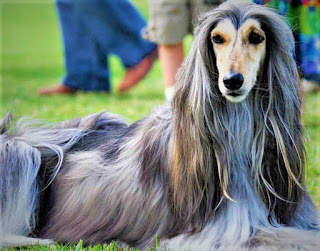

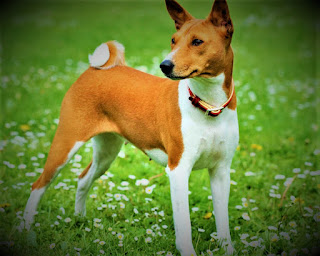






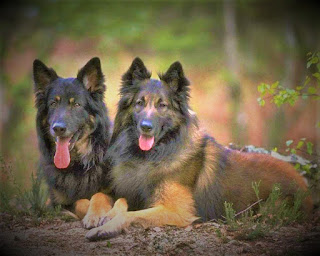






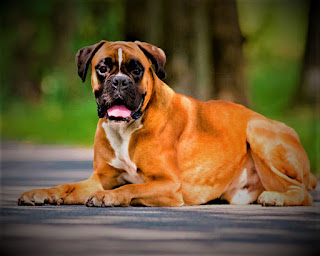


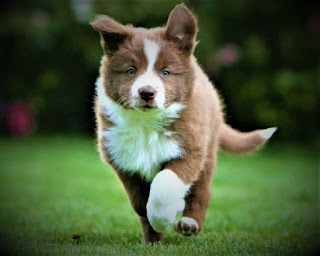












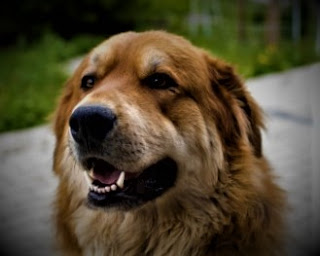




















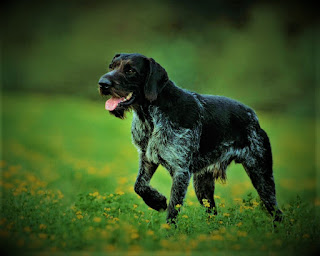







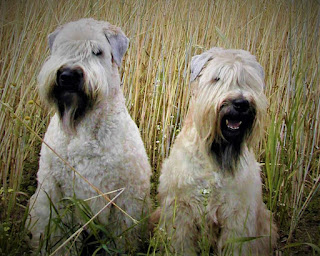


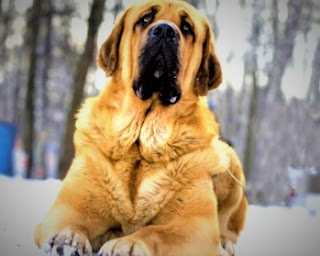
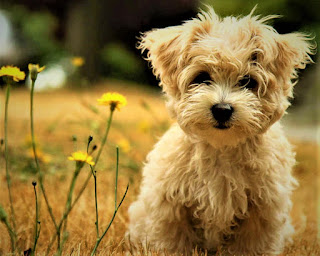


.jpg)


0 Comments